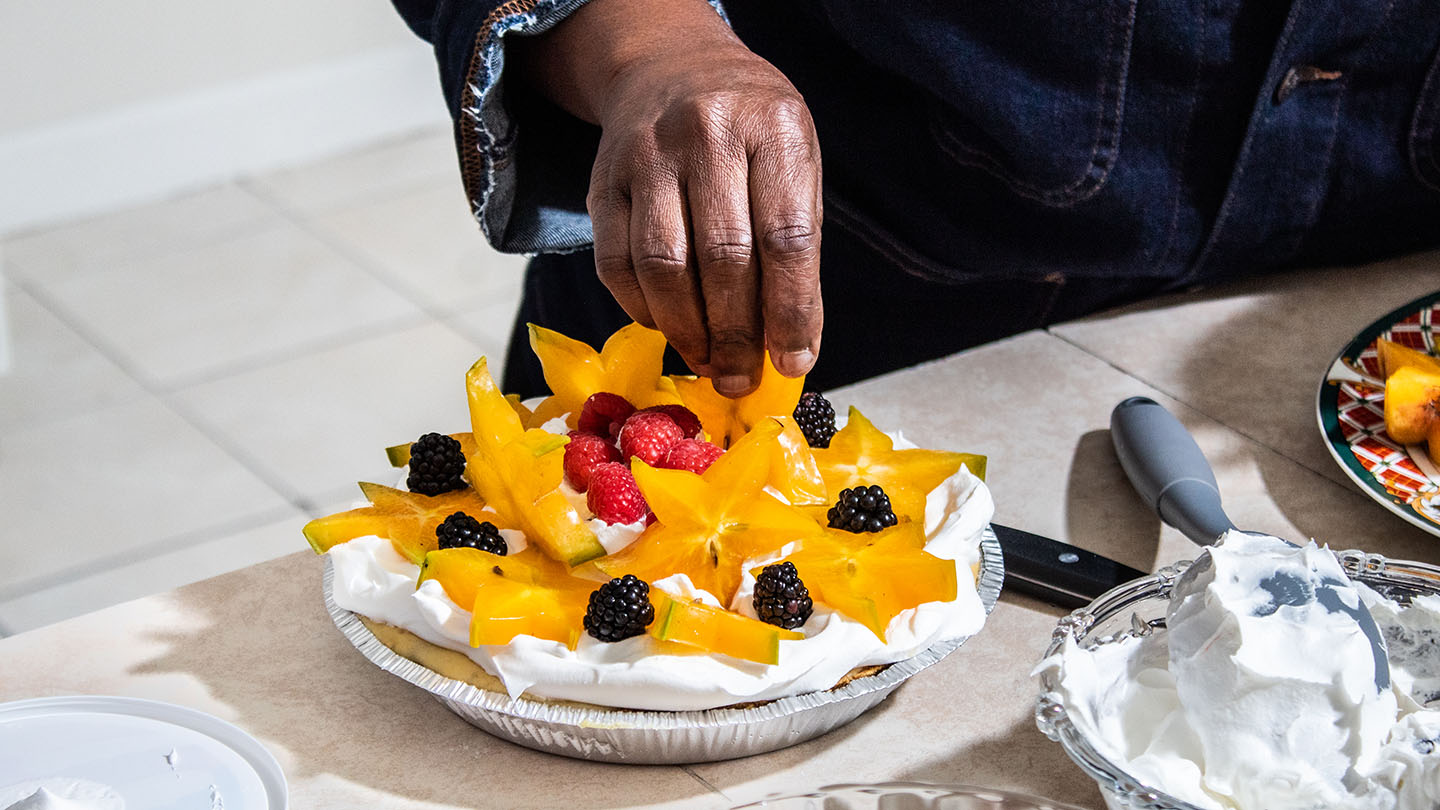The last 10 years have seen a transformative shift in daily reliance on technology, from electric vehicles to virtual assistants. But was there any innovation more mind-boggling than the first time you held your phone up to a store’s card reading terminal and paid for a coffee … with that phone?
Today, digital and mobile payments are available to consumers in a variety of ways. But as cash becomes the less-preferred method of payment for consumers, what does it mean for businesses?
Moving beyond cash to grow
For Debra “Debbie” Allen, the owner of beloved Florida-based bakery Miss Debbie’s Sweet Delights, digital payments provide valuable information that help her structure the operation of her business. “I’m very proud of what Sweet Delights has accomplished,” she says on the bakery’s growth, which launched in 2010 and gained a following for its key lime pies that feature flavors native to her Caribbean heritage, such as guava, coconut and passionfruit. It rapidly grew in popularity, especially after receiving awards and national recognition. “I never get tired of it. I never get tired of people. I love people experiencing the pies for the first time.”
As Allen began reaching an audience beyond her storefront in Florida City, she had to offer payment flexibility to better serve her new customers. “It started as a small mom and pop, and we just had a cash register,” she says. “But it’s more sophisticated now.”
She invested in mobile payment solutions so she could accommodate business from tourists and accept money in a variety of ways. “A lot of my customers are global, from all over the world, so there’s a lot of payment with credit card or debit card,” she says. “We don’t do much cash transactions.”
How tracking payments boosts business decisions
Accepting card and digital payments did more than simply service a larger customer base—her point-of-sale (POS) software gave her real-time insights into sales, inventory and customer behavior that could inform strategic business decisions. “My POS system does everything; I can go back years and see what I’m doing,” Allen says. “It shows me day-to-day, month-to-month, and year-to-year growth of the business.”
Studying the data from her POS showed her she could close her business on Sundays, which was not a high-yield day, and use that day for planning and other back-of-house tasks. She uses the POS to spot her busier seasons and plan ahead by hiring part-time support. These payment insights, she says, further support the business’s growth.

Digital solutions simplifying payments acceptance
Digital transactions can also reduce the need for handling and managing physical cash, simplifying payment processes and lowering the risk of errors. Katherine Lewin is the owner of Big Night, a dinner party essentials boutique with locations in New York City. While she still accepts cash at her stores to accommodate customers seeking a “low-cost, high-reward treat culture,” she says digital payments dominate—and are core to how she uses her POS.
“The payment acceptance is the most straightforward of all,” she says of the system. “It has hardware in addition to all of the software—different card readers, [including] models you can strap around your hand and walk around the store taking orders and payments.” For customers, the system has a tap-to-pay phone app that further removes payment friction, since they don’t have to pull out a card.
Cashless payments and a shifting business future
For Allen, of Miss Debbie’s Sweet Delights, the rise of digital payments taught her something about the future of her business: the opportunity with online retail. It’s so great that she’s shifting her business strategy to prioritize ecommerce in 2025, partly in response to changing consumer behaviors.
Allen remains a staple in South Florida, but the change in her business model will allow her to accept higher-volume orders from the area’s numerous conferences, hotels and banquets.
Easing this transition is the fact that debit and credit payments that are essential for online sales are already at the forefront of her business. “Everything now is card—and it works well for us.”
